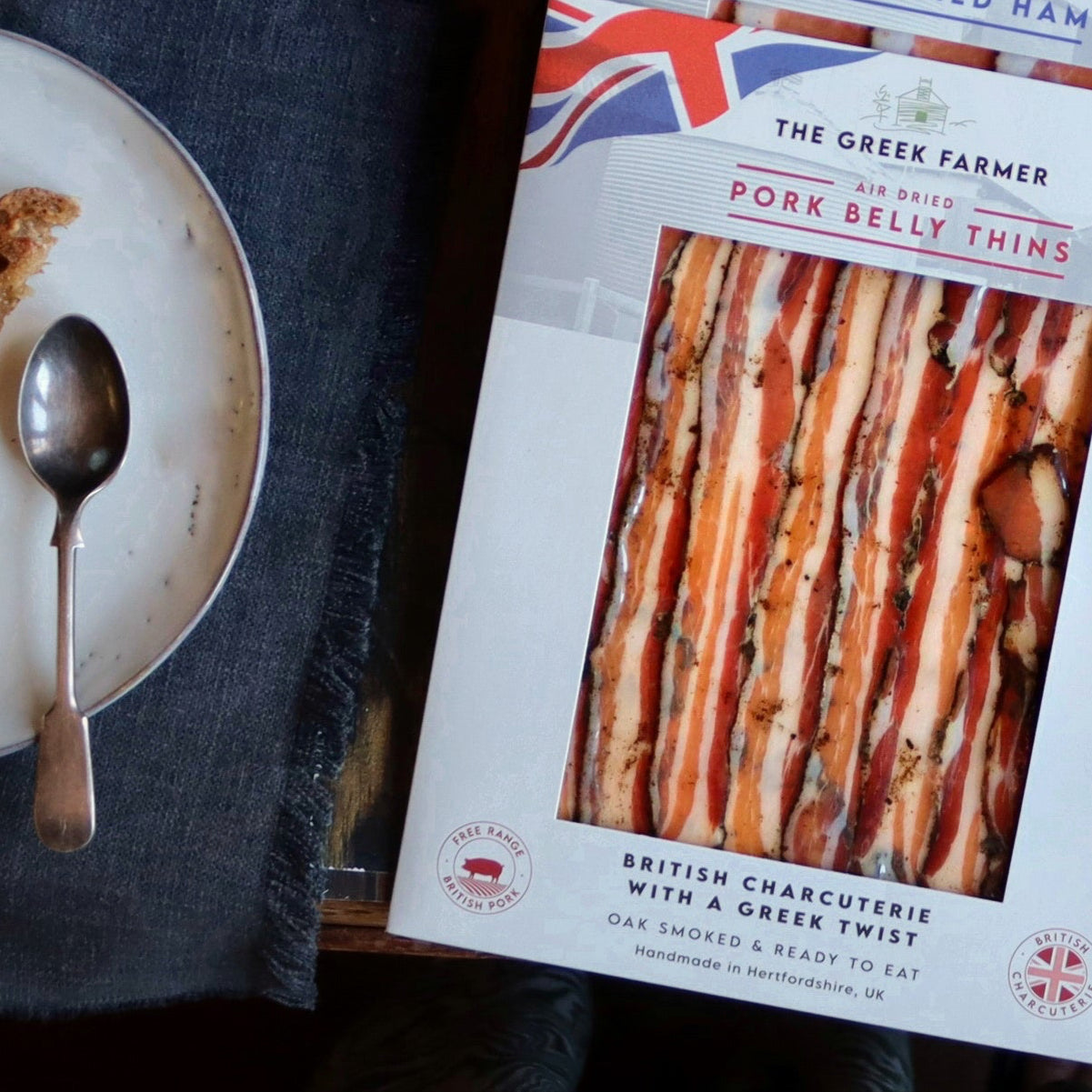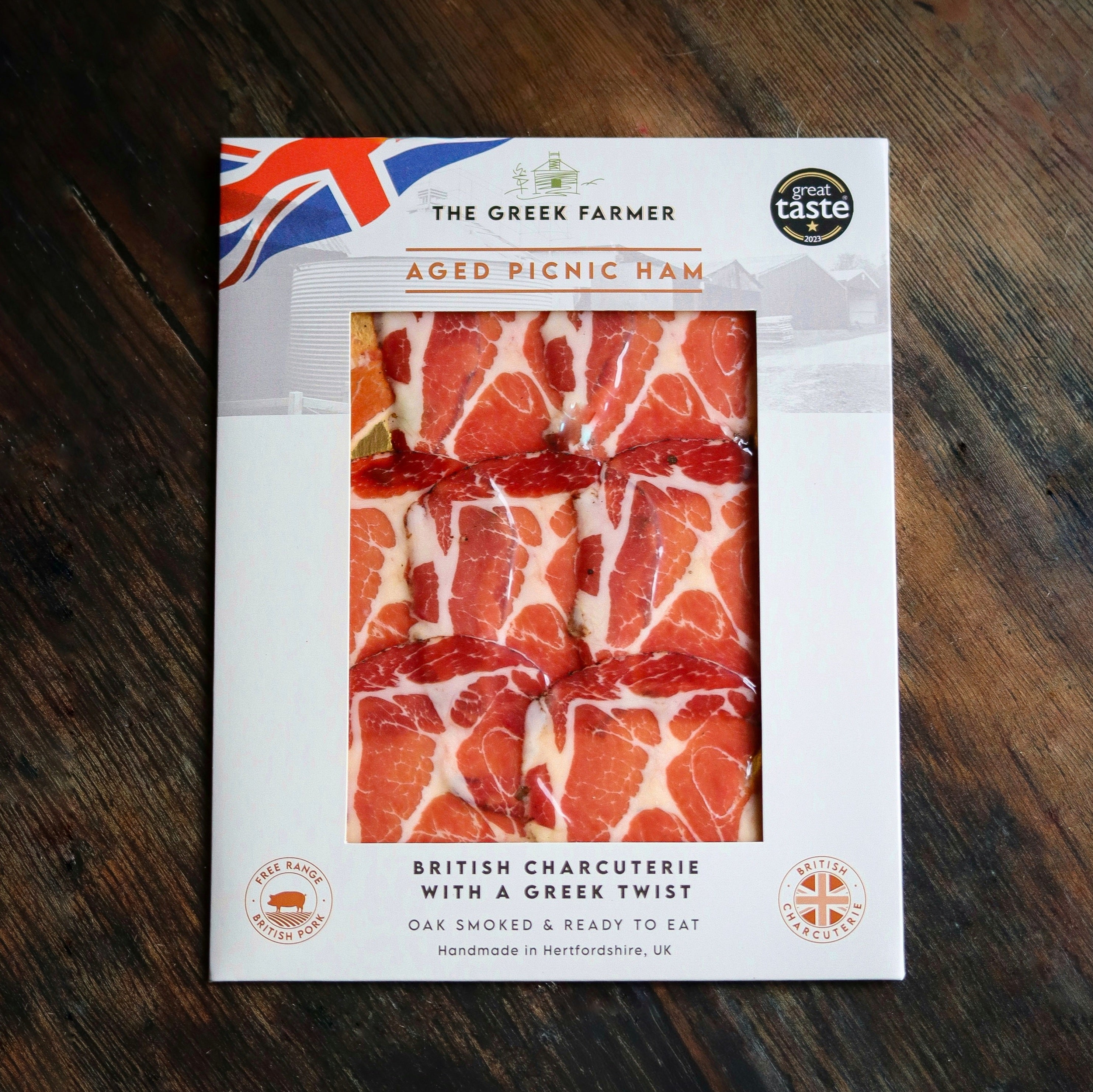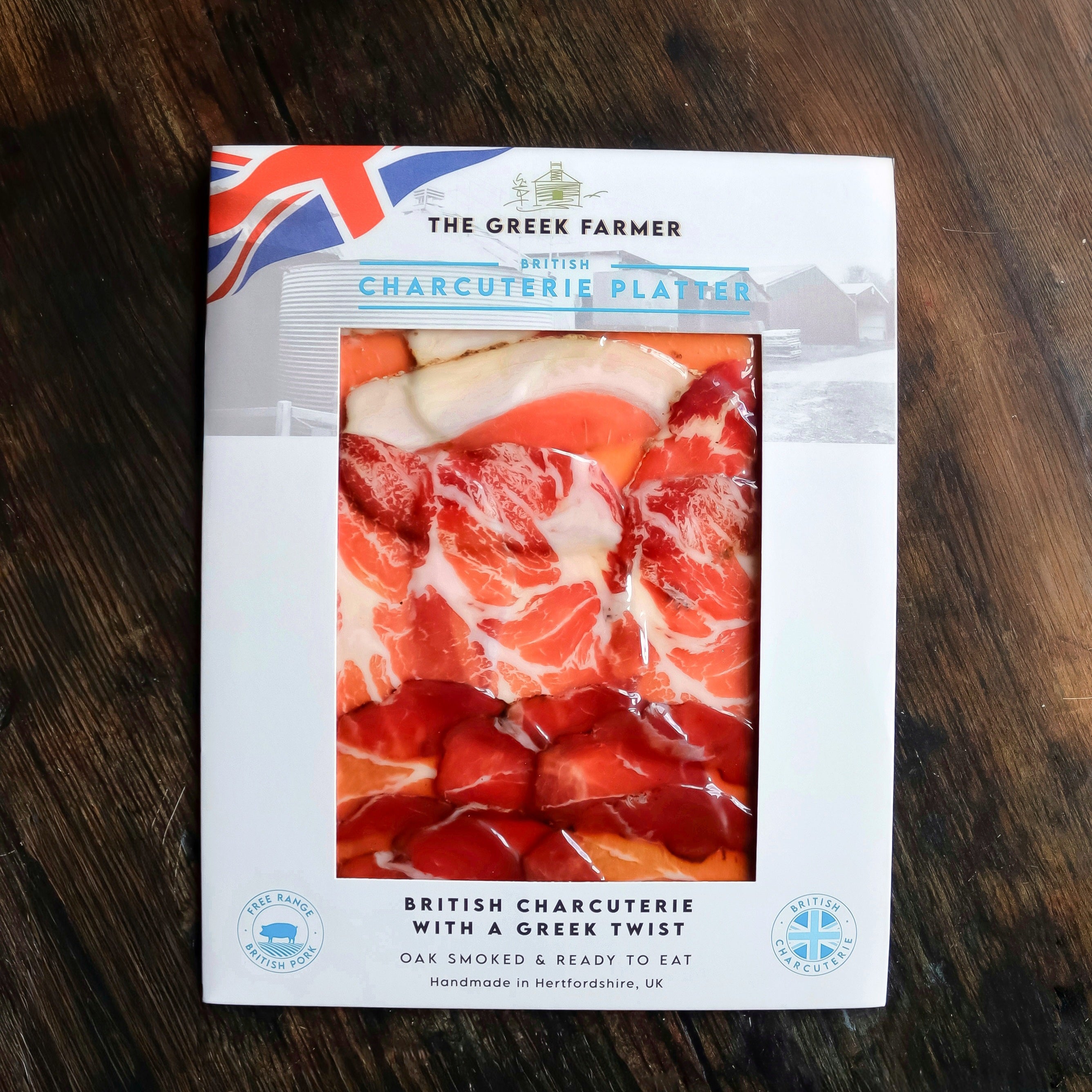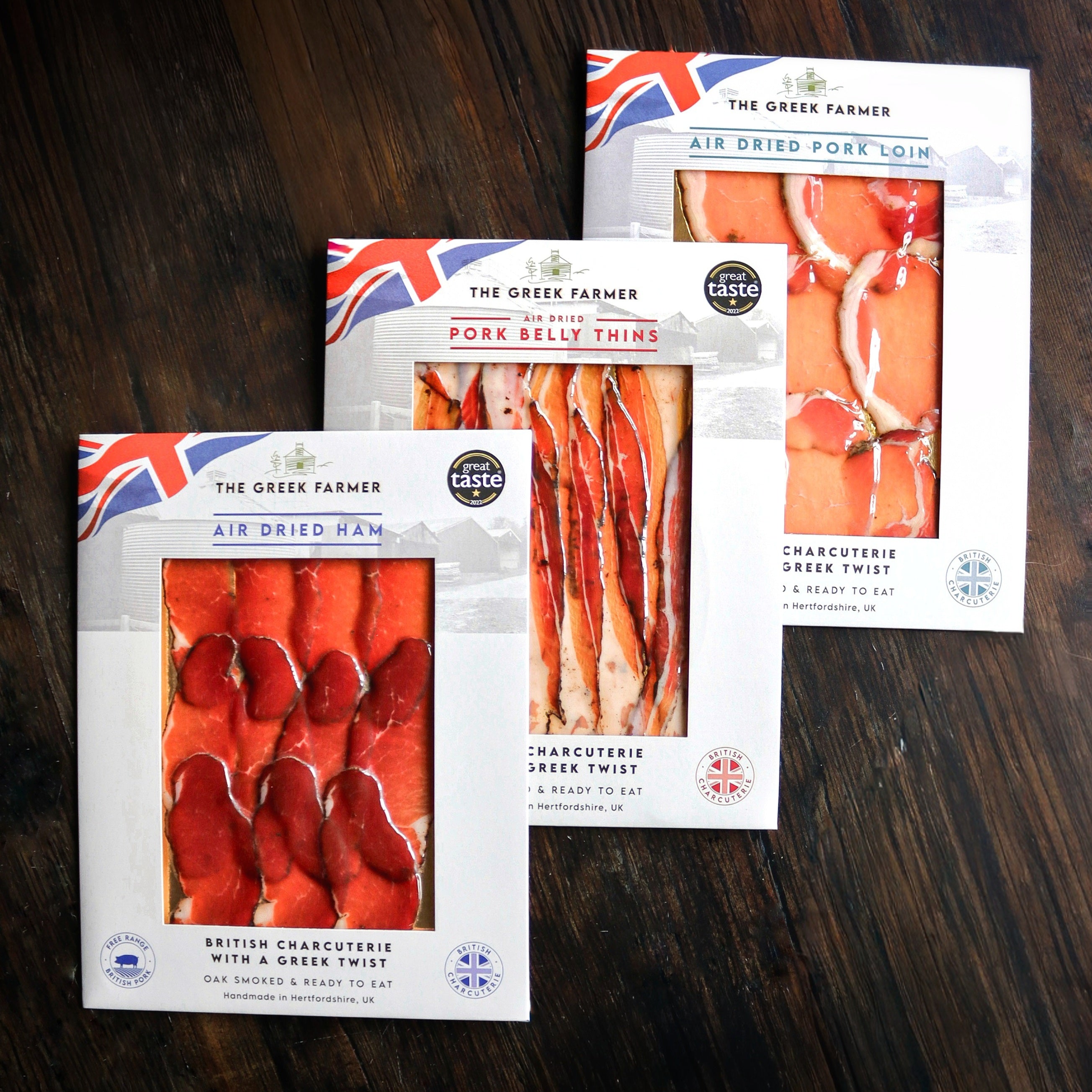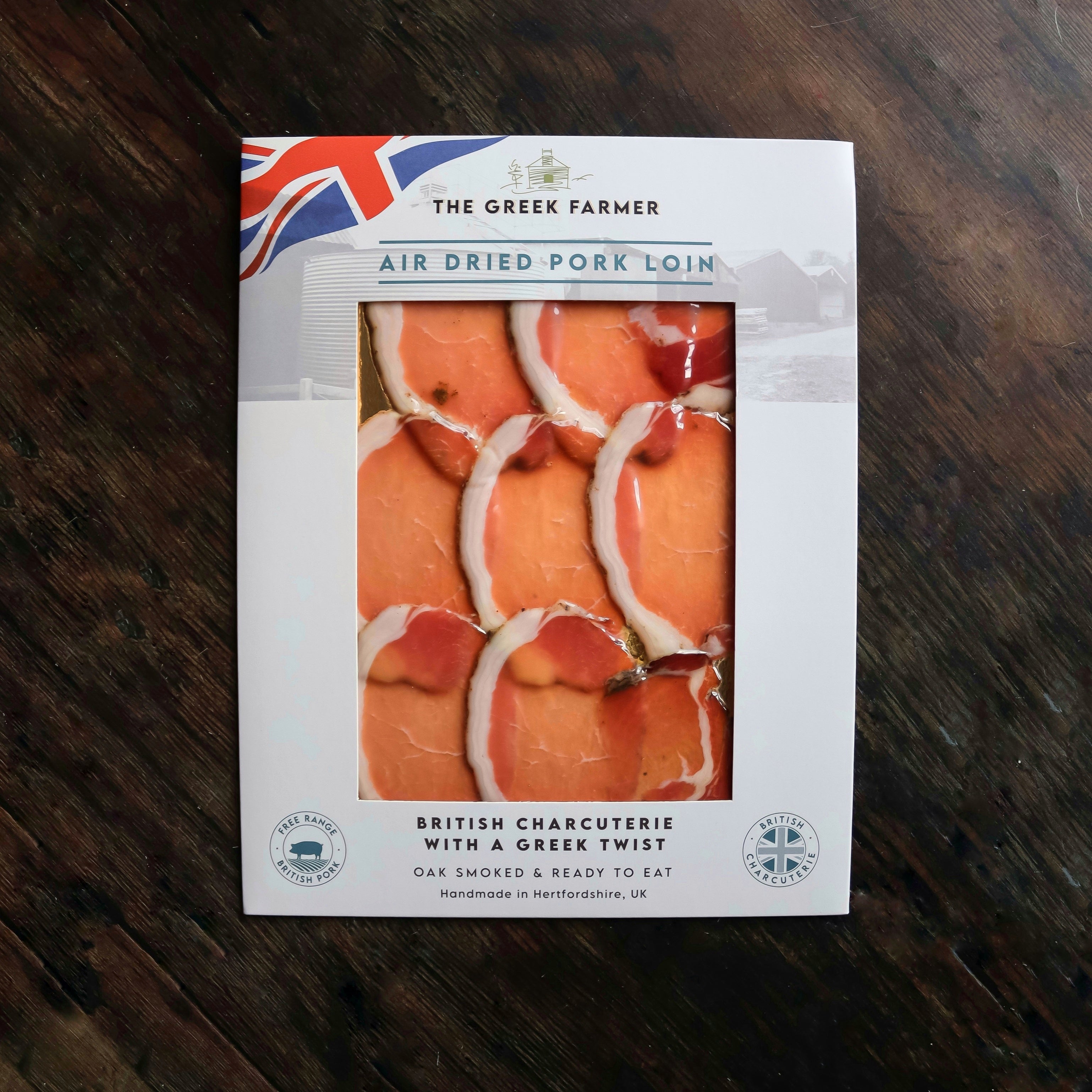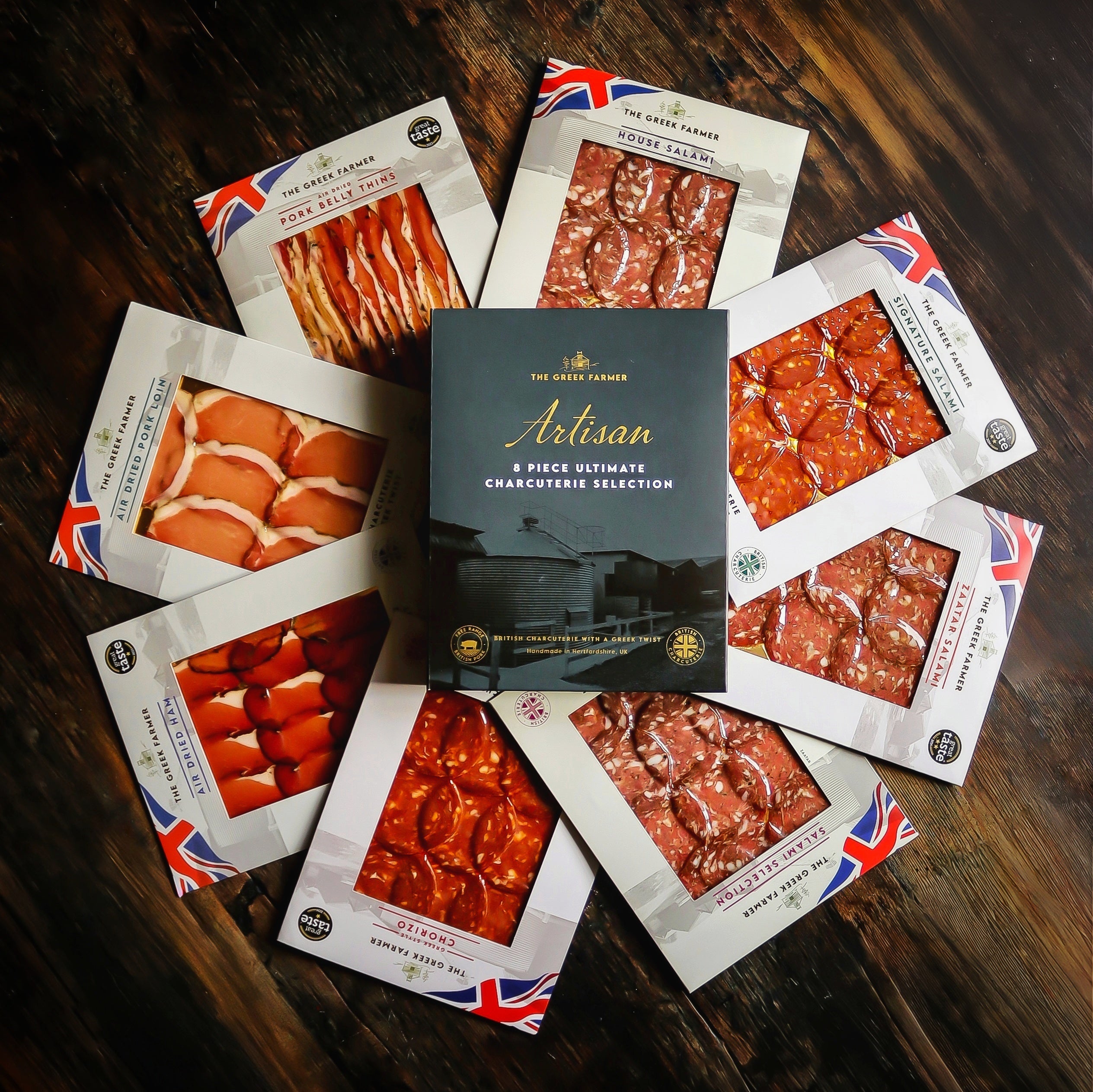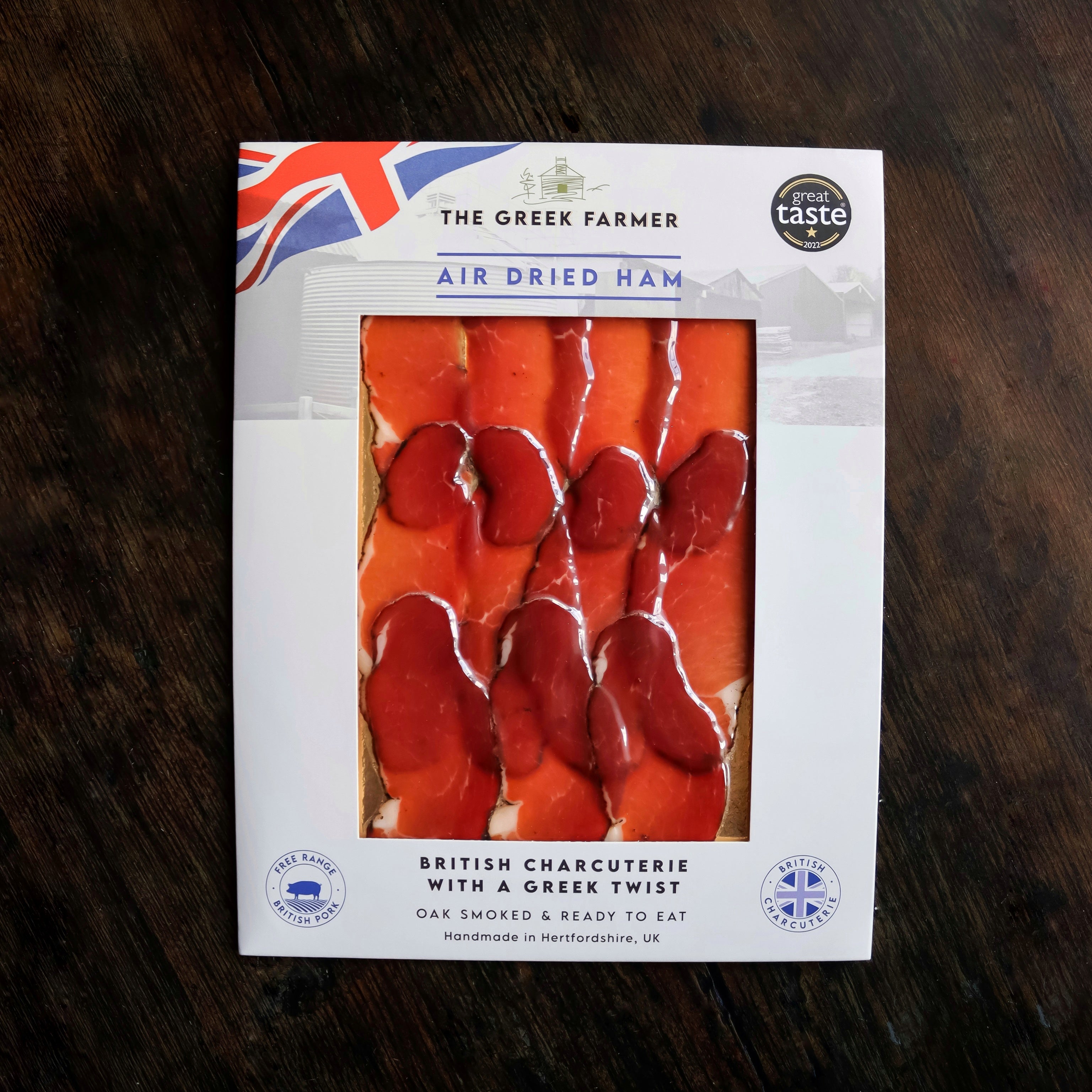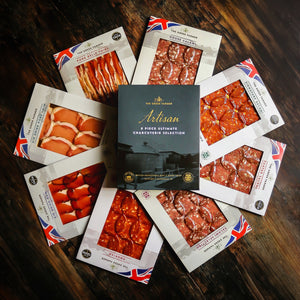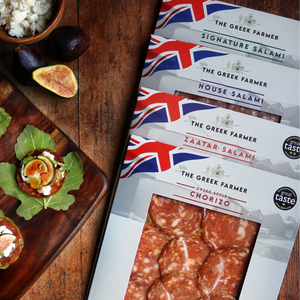8 products
Type:
Air Dried Pork Belly Thins
4 reviews
Regular price
£6.50
Sale price
£6.50
Regular price
£6.50
Unit price
/per
Type:
4 Piece Letterbox Charcuterie
29 reviews
Regular price
£26.00
Sale price
£26.00
Regular price
£26.00
Unit price
/per
Type:
Aged Picnic Ham
8 reviews
Regular price
£6.50
Sale price
£6.50
Regular price
£6.50
Unit price
/per
Type:
Charcuterie Platter
2 reviews
Regular price
£7.00
Sale price
£7.00
Regular price
Unit price
/per
Type:
3 Piece Letterbox Charcuterie
12 reviews
Regular price
£19.50
Sale price
£19.50
Regular price
£19.50
Unit price
/per
Type:
Air Dried Pork Loin
8 reviews
Regular price
£6.50
Sale price
£6.50
Regular price
Unit price
/per
Type:
8 Piece Ultimate Charcuterie Collection
2 reviews
Regular price
£52.00
Sale price
£52.00
Regular price
£52.00
Unit price
/per
Type:
Air Dried Ham
6 reviews
Regular price
£6.50
Sale price
£6.50
Regular price
£6.50
Unit price
/per
Happy customers...
4.91 ★ (251)
Verified
Join Team Charcuterie: Get 20% Off
Be the first to know about new collections and exclusive offers.
By subscribing you agree to the Terms of Use & Privacy Policy.




